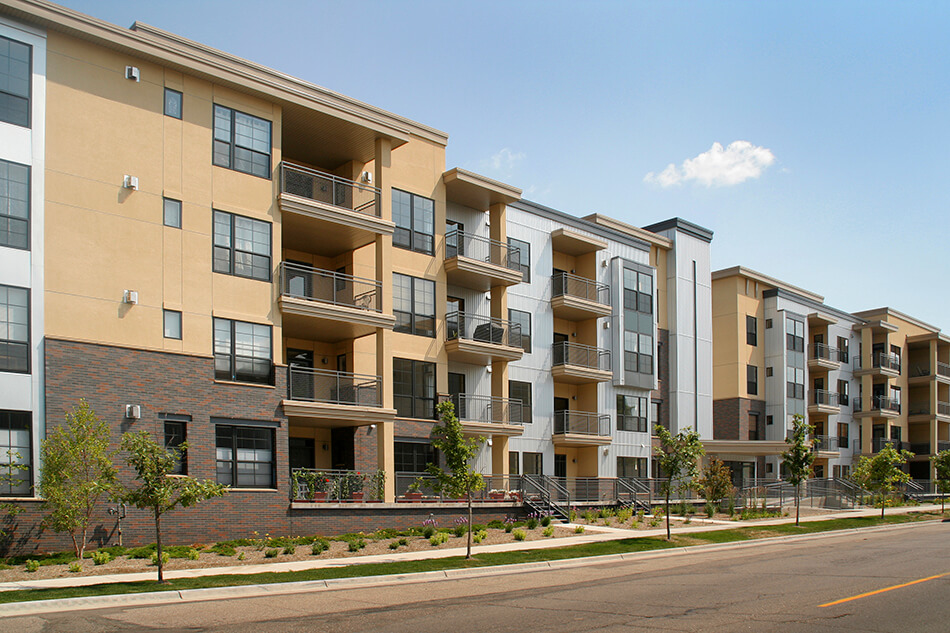Revised Standard Method

During the summer of 2020, the Government launched a consultation on ‘Changes to the Current Planning System’. This included ‘radical’ proposals for a revised Standard Method for calculating housing need, which would have directed future housing growth to those local authorities where homes are least affordable. Meeting housing need on this basis would increase housebuilding, particularly (but not exclusively) in the South East of England and the Home Counties.
That may sound like a reasonable basis for planning for new homes, but is it a politically expedient one? No, it isn’t. At least, that seems to be the conclusion that the Government has now reached. The consultation elicited sustained, vocal and sometimes visceral, objections from local councillors and MPs outraged by the scale of housebuilding implied by the new figures. The proposed changes also reached the wider public-consciousness, as media outlets ran sensational stories about a ‘mutant algorithm’ and confused the proposals with wider reforms to the planning system.
So, fearing the prospect of both a collapse at May 2021’s local elections and future backbench rebellions, the Government has listened (or backed-down, depending on your perspective) and has essentially left the existing Standard Method unchanged, at least for the vast majority of local authorities. The 2014-based household projections will continue to form the baseline, a percentage uplift related to house price affordability will then apply, whilst any overall uplift will be subject to a 40% cap.
However, the 20 largest cities and urban centres will then be required to go one (major) step further, and apply an additional 35% uplift. As a result, London is expected to provide circa 93,500 new dwellings per annum. This is a tall order and given that average annual delivery in the capital was 33,000 homes (over the last 5 years), it is questionable whether simply increasing the housing target will actually make much difference on the ground.
Nonetheless, the renewed focus on the capital does somewhat explain Robert Jenrick’s prompt response to the Mayor of London’s letter, setting out his intent to adopt the new London Plan following months of hiatus. Tellingly, the Secretary of State’s recommended changes to the Plan seek to highlight the role that industrial land and densification can play in meeting housing need, thereby relieving boroughs of the “difficult position of facing the release of Green Belt or Metropolitan Open Land”.
Outside of London, the other great urban centres will also have to find new ways of meeting housing need. The Government contends that such areas should look to densification, height and the redevelopment of commercial land. Surely, it is no coincidence that the Government recently launched another consultation concerning proposed new permitted development rights, which would further derestrict the conversion of Class E premises to residential, thereby smoothing the path to wholesale redevelopment in some locations.
It is hard to argue that large cities are not (in theory) better-placed to provide residents with access to sustainable transport and public services, when compared to more rural locations. Yet, focusing new housing growth in urban areas will invariably bring challenges. Many of the twenty urban centres listed are located in the Midlands and the North of England, where viability concerns may impede the redevelopment of derelict or under-utilised sites. Other urban areas are limited by their tightly drawn administrative boundaries or are otherwise constrained by heritage and landscape sensitivities (Brighton and Hove for example).
Nothing in the updated Planning Practice Guidance or the Government’s response to the ‘Changes to the Current Planning System’ consultation, suggests that this new approach has been informed by an assessment of available urban capacity. Rather, it appears that a simple assumption has been made; town and city centres are losing their retail and office functions, and are therefore well-placed to replace shops and workplaces with homes. However, it is doubtful whether all of the twenty urban areas identified will be able to fully meet their increased housing need. So, the spectre of painful cross-boundary discussions looks likely to continue and the pressure to release greenfield and Green Belt land will continue unabated.
